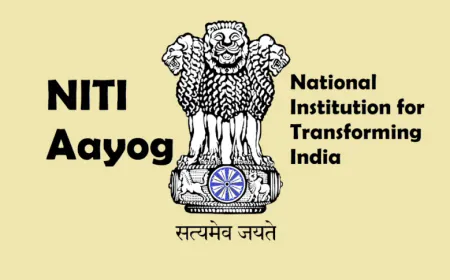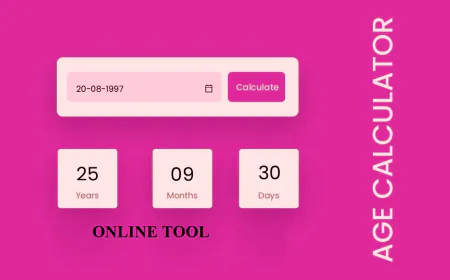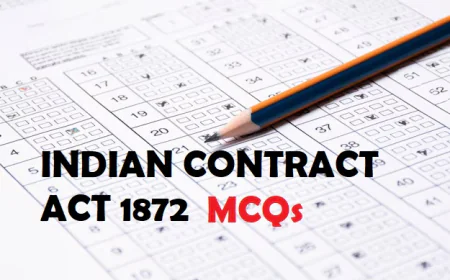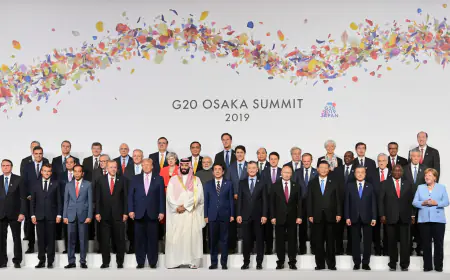Significant and Transformative Journey in STEM Education Since Independence

Significant and Transformative Journey in STEM Education Since Independence
Since its independence, India has embarked on a significant and transformative journey in STEM education. Over the past 78 years, this journey has been marked by a series of reforms and policies aimed at building a robust scientific and technological foundation for the nation's development. Here's a look at the major milestones and key themes that have shaped this path: The Early Years: Foundation and Institution Building (1947-1960s) *
Recognition of the need for a scientific workforce: Post-independence leaders, particularly Jawaharlal Nehru, recognized that a strong scientific and technical education system was crucial for addressing poverty, illiteracy, and poor infrastructure. This vision laid the groundwork for future educational initiatives. * Establishment of premier institutions: This period saw the creation of world-class institutions focused on higher education and research.
* Indian Institutes of Technology (IITs): The first IIT was established in Kharagpur in 1951, followed by others, with the goal of creating centers of excellence for engineering and technology. * University Education Commission (1948-49): Led by Dr. Sarvepalli Radhakrishnan, this commission made valuable recommendations for reorganizing courses and improving standards in higher education. * Focus on coordination and planning: The government formed the Planning Commission in 1950 to create five-year plans that included education as a key component. The focus was on achieving universal elementary education, eradicating illiteracy, and modernizing education with a special emphasis on science and technical fields. The Era of Comprehensive Reviews and Policy Formulation (1960s-1980s)
* The Kothari Commission (1964-66): This commission was a pivotal moment, as it provided a comprehensive review of the entire field of education. Its recommendations led to the first National Policy on Education (NPE) in 1968. The commission emphasized: * Developing a national pattern for all stages of education. * Increasing education spending to 6% of the national income. * Promoting equal educational opportunities. * The National Policy on Education (NPE) 1986: This policy served as a blueprint for modern reforms, aiming to remove disparities and equalize educational opportunities. It introduced key initiatives to improve access and quality. Modernization and Expansion (1980s-2000s)
* Shift towards a more inclusive approach: The reforms of this period focused on legislative action to consolidate educational rights. The Right of Children to Free and Compulsory Education Act (RTE) of 2009 was a monumental step, making education a fundamental right for children between the ages of 6 and 14. * Expansion of STEM fields: While the term "STEM" was not widely used in India until later, the focus on science, technology, engineering, and mathematics continued to grow. The government's initiatives helped to create a larger pool of skilled professionals who contributed to the country's industrial and technological progress. The Contemporary Landscape: Holistic and Interdisciplinary Learning (2010s-Present) * Introduction of "STEM": While the foundational work was laid much earlier, the acronym STEM gained prominence in Indian educational discourse in the 21st century, aligning with global trends.
* National Education Policy (NEP) 2020: This is the most recent and far-reaching reform, aiming to completely overhaul the education system. It represents a major shift from rote memorization to a more holistic, application-based approach. Key features include: * A new curricular structure: The rigid 10+2 system has been replaced with a 5+3+3+4 structure to promote holistic learning from an early age. * Experiential and interdisciplinary learning: The policy emphasizes project-based assessments and a reduction in the burden of examinations, encouraging students to apply concepts in real-world situations. * Integration of technology: NEP 2020 aims to bridge the digital divide and integrate technology into the learning process. * Initiatives to promote innovation: The government has launched several programs to foster a culture of innovation and research, such as: * Atal Tinkering Labs (ATLs): These labs are set up in schools to encourage creativity and hands-on learning in STEM fields. * Smart India Hackathon: This initiative provides a platform for students to solve real-world problems using technology.
* Addressing the gender gap: Recent initiatives, such as the WISE-KIRAN scheme, have been launched to support women in science and engineering and promote gender parity in STEM fields. Persistent Challenges and Future Outlook Despite significant progress, challenges remain. A digital divide between urban and rural areas limits access to quality STEM education for many students. There is also a persistent need to improve teacher quality and retain qualified educators. The successful implementation of reforms like NEP 2020 is crucial for India to continue its journey toward becoming a global knowledge hub and a leader in innovation.
Vijay Garg Retired Principal Educational columnist Eminent Educationist street kour Chand MHR Malout Punjab -152107








































